
The Phoridae are a family of small, hump-backed flies resembling fruit flies. Phorid flies can often be identified by their escape habit of running rapidly across a surface rather than taking flight. This behaviour is a source of one of their alternate names, scuttle fly. Another vernacular name, coffin fly, refers to Conicera tibialis. About 4,000 species are known in 230 genera. The most well-known species is cosmopolitan Megaselia scalaris. At 0.4 mm in length, the world's smallest fly is the phorid Euryplatea nanaknihali.
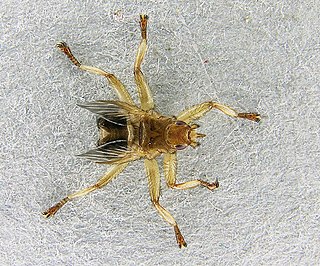
Hippoboscidae, the louse flies or keds, are obligate parasites of mammals and birds. In this family, the winged species can fly at least reasonably well, though others with vestigial or no wings are flightless and highly apomorphic. As usual in their superfamily Hippoboscoidea, most of the larval development takes place within the mother's body, and pupation occurs almost immediately.

Apocephalus borealis is a species of North American parasitoid phorid fly that attacks bumblebees, honey bees, and paper wasps. This parasitoid's genus Apocephalus is best known for the "decapitating flies" that attack a variety of ant species, though A. borealis attacks and alters the behavior of bees and wasps. These flies are colloquially known as zombie flies and the bees they infect are colloquially known as zombees. Association with honey bees has so far only been documented from California, South Dakota, Oregon, Washington, British Columbia, and Vermont.
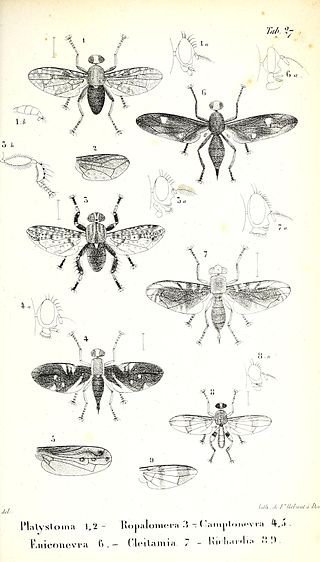
The Ropalomeridae are a family of acalyptrate flies.
Anevrina luggeri is a species in the family Phoridae, in the order Diptera ("flies").
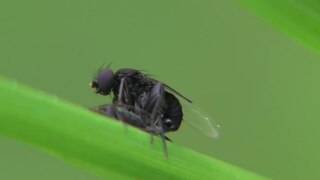
Phora is a genus of scuttle flies. There are at least 90 described species in Phora.
Dohrniphora incisuralis is a species of scuttle flies.
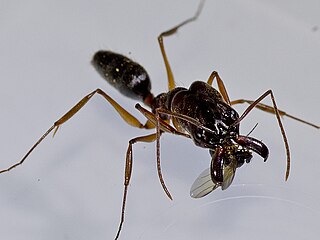
Dohrniphora is a genus of scuttle flies. There are at least 240 described species in Dohrniphora.

Gymnophora is a genus of scuttle flies. There are at least 60 described species in Gymnophora.
Phalacrotophora epeirae is a species of scuttle flies.

Phalacrotophora is a genus of scuttle flies. There are at least 50 described species in Phalacrotophora.
Megaselia globipyga is a species of scuttle flies.
Phalacrotophora longifrons is a species of scuttle flies.
Megaselia rufipes, the coffin fly, is a species of scuttle flies.
Lecanocerus is a genus of scuttle flies. There is at least one described species in Lecanocerus, L. compressiceps.
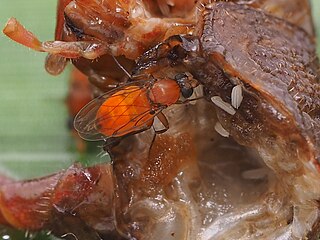
Megaselia aurea is a species of scuttle flies.
Puliciphora borinquenensis is a species of scuttle flies.

Puliciphora is a genus of scuttle flies. There are at least 110 described species in Puliciphora.

Apocephalus is a genus of ant-decapitating flies. There are at least 300 described species in Apocephalus.
The mushroom phorid fly(Megaselia halterata) is a species of scuttle fly or hump-backed flies in the family Phoridae. "The mushroom phorid" is also used to refer to M. halterata. Megaselia halterata is a common pest of mushroom cultivation, attracted by the aroma of developing fungal mycelium. The larvae damage both the mushroom mycelium and gill tissues. Megaslia halterata can be found worldwide.










